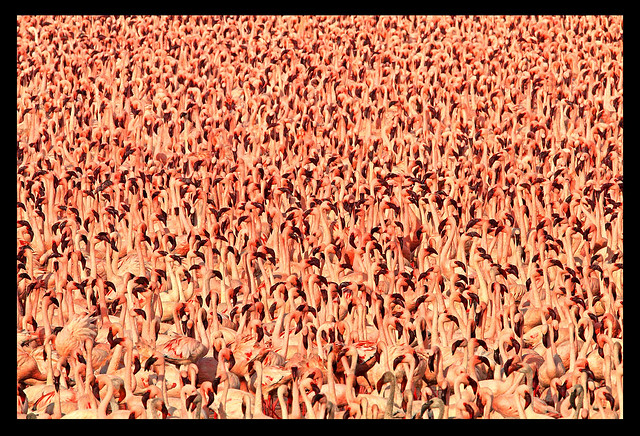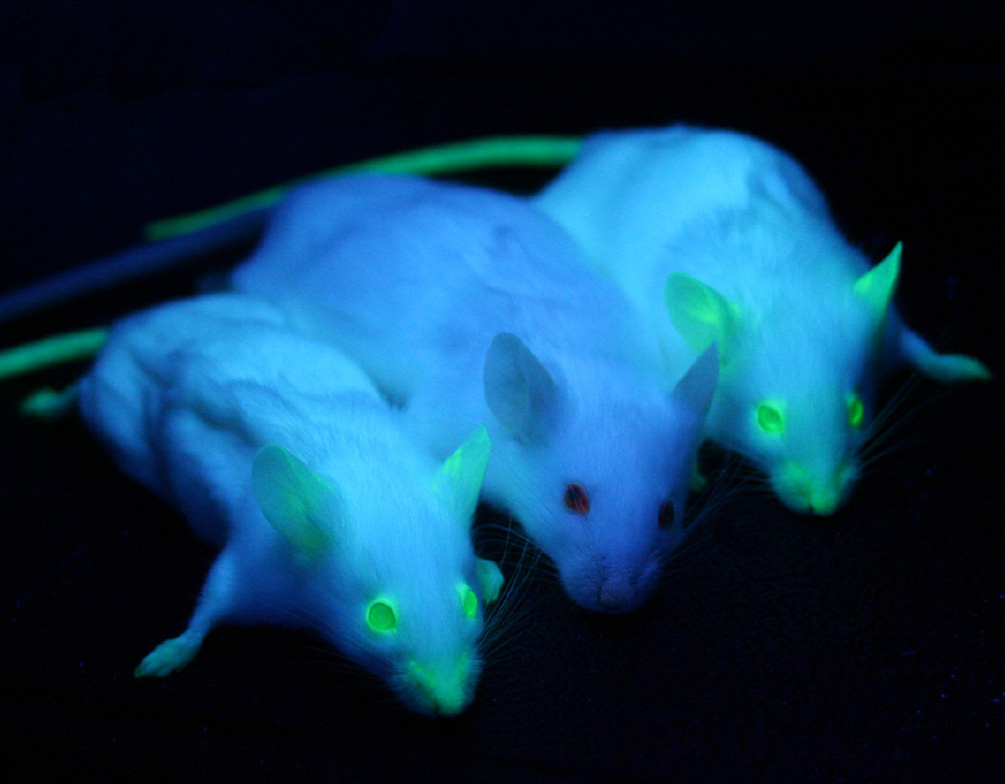Topic outline
General
Unit One: Biochemistry
The Norwegian mountain runner and orienteer Jon Tvedt in the competition Skåla Opp, Norway by Sondrekv / Public Domain.
Have you ever thought about all the amazing things your body does on its own to help keep you alive? When you first get out of bed in the morning, your body manages to regulate your blood pressure. How does it do that? When you walk outside on a cold winter morning, your body manages to keep your body temperature at a constant 37oC (98.6oF). How does it do that? After you eat your lunch, your body manages to regulate the sugar level in your blood. How does it do that? You will discover answers to these questions and much much more as you explore our first unit: Biochemistry!
Pages: 33Labels: 12Quizzes: 9Unit Two: Ecology

Living a crowded life! by Steve Garvie / CC BY-NC-SA 2.0
You will explore the world of ecology and populations in unit 2. There are six lessons about populations, invasive species, photosynthesis and cellular respiration, food chains and energy pyramids, Native American ecology, and human populations. You will explore the world that currently holds more than 7 billion people, tragic diseases like the plague, how energy and matter change in food chains, and how some new species can become quite the pests like a little brother or sister.
Pages: 50Labels: 6Quizzes: 6Unit Three: Cells

Plant cell type sclerenchyma fibers by Carl Szczerski / Public Domain
Taken as a whole, the following phrases describe a specific component of organisms.
- Enables organisms to grow
- Provides organisms with the capacity to heal
- Aids the development of organisms
- Varies in size, shape, and complexity
- Is the single common physical characteristic of all living organisms
Can you determine what that component is?
Each of these phrases can be used to describe one aspect of a cell. In this unit, you will investigate how:
- cells are classified
- the structures of prokaryotic and eukaryotic cells enable them to function
- cells reproduce asexually
- cancerous cells may develop
Pages: 41Labels: 6Quizzes: 7Unit Four: DNA

DNA Structure+Key+Labelled.pn NoBB by Zephyris / CC BY-SA 3.0
DNA is a very special molecule, and has been called the secret of life. In the book The Secret of Life, written by Joseph Levine and David Suzuki, they explore the power of DNA.
“DNA’s power is global; it has orchestrated the history of life on earth for three and a half billion years. Yet its touch is intimate; it determines your chances of getting cancer, the amount of cholesterol in your father’s blood, and the color of your daughter’s eyes. Discoveries about its actions have sparked a molecular revolution whose consequences affect every corner of both pure and applied biological research.” (Levine and Suzuki, The Secret of Life pg 1)
In this unit, you will learn how DNA’s code is used to control the production of proteins and as a result determines your own characteristics.
Pages: 31Labels: 3Unit Five: Genetics

Two genetically modified mice flanking one plain mouse. From Ingrid Moen, Charlotte Jevne, Jian Wang, Karl-Henning Kalland, Martha Chekenya, Lars A Akslen, Linda Sleire, Per Ø Enger, Rolf K Reed, Anne M Øyan and Linda EB Stuhr: Gene expression in tumor cells and stroma in dsRed 4T1 tumors in eGFP-expressing mice with and without enhanced oxygenation. In: BMC Cancer. 2012, 12:21. / CC BY 2.0
This image shows mice that have been genetically modified to glow fluorescent green under blue light. How is this possible? Every wonder why you look the way you do? Why do I look so much like my mom and not my dad? Why is my nose so big? Why do I have blue eyes when everyone else in my family has brown? Is my blood type genetic? Why are there only males and no females in my family that are colorblind? As you work through unit 5 on genetics you will be able answer and explain these questions.
Pages: 29Labels: 5Quizzes: 3Unit Six: Evolution
Where does the great diversity of life on this planet come from? How do the living things today relate to the evidence we find of life from the past? Life is not static, it does not stay the same. Evolution provides an explanation of the processes that have shaped life over time. It is based on the central idea that all living things are related to each other through a common ancestor and there are fundamental rules which govern the changes observed in all species.
Emperor Dragonfly (Anax imperator) by Ken Billington / CC BY-SA 3.0
Lyriothemis elegantissima by Bergman (Pangkin) / CC BY 2.0 Pages: 32Labels: 5Assignments: 3Unit Seven: The Immune System

Vitruvian Man by da Vinci / Public Domain
Right now, your body is under attack. You currently have billions (yes, billions) of microorganisms on and in your body. Most of them are just hanging out, doing no harm, but many of them would love to make you sick by turning you into a microorganism-producing factory. Luckily for us, we have a built-in army that helps protect us from these harmful invaders. In this unit, you will have the privilege of discovering how your immune system works, what tools we have to assists our immune system and what happens when our immune system makes a mistake. To start off this unit, there will be a quick review of homeostasis and an overview of your body systems before delving into the microscopic battle between human and pathogen.
Pages: 27Labels: 4